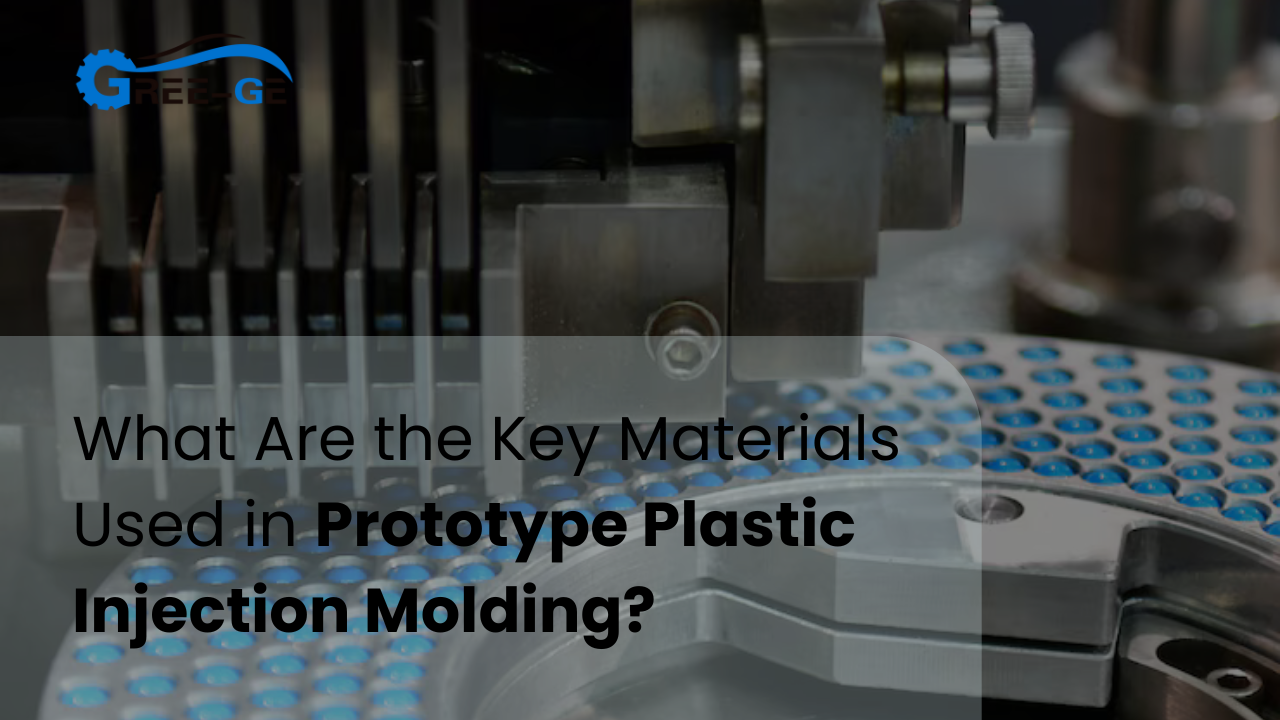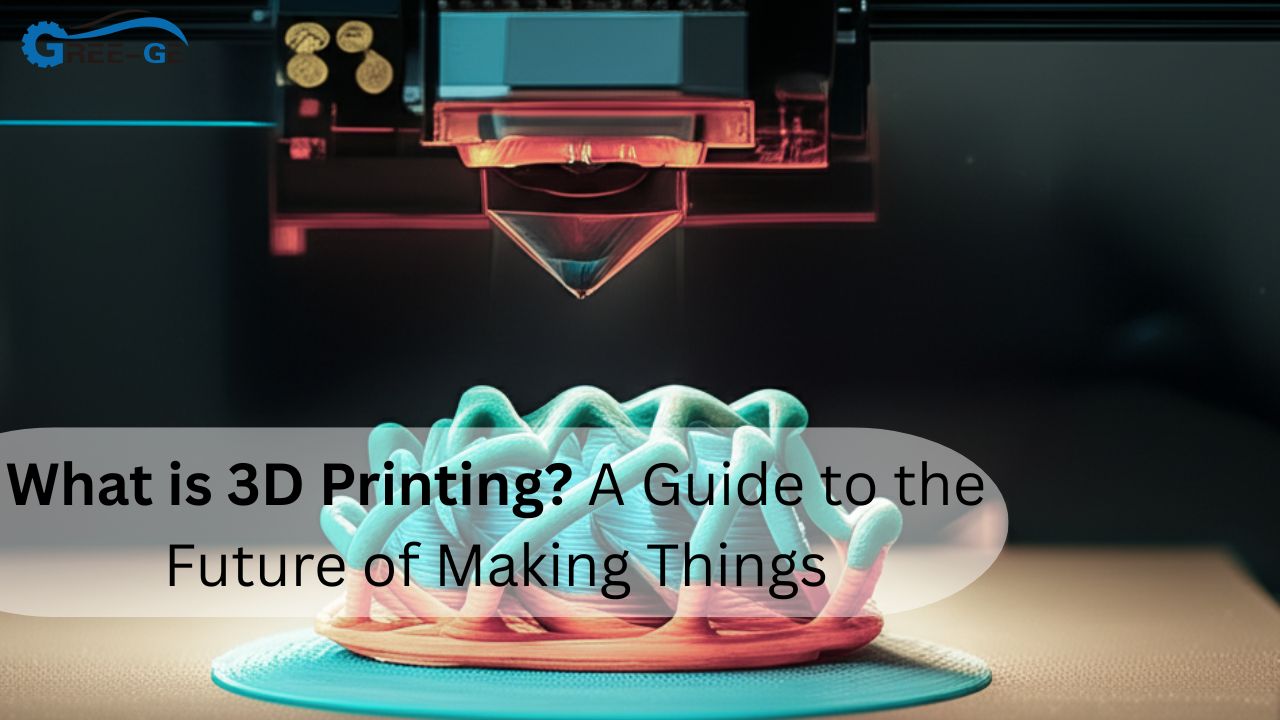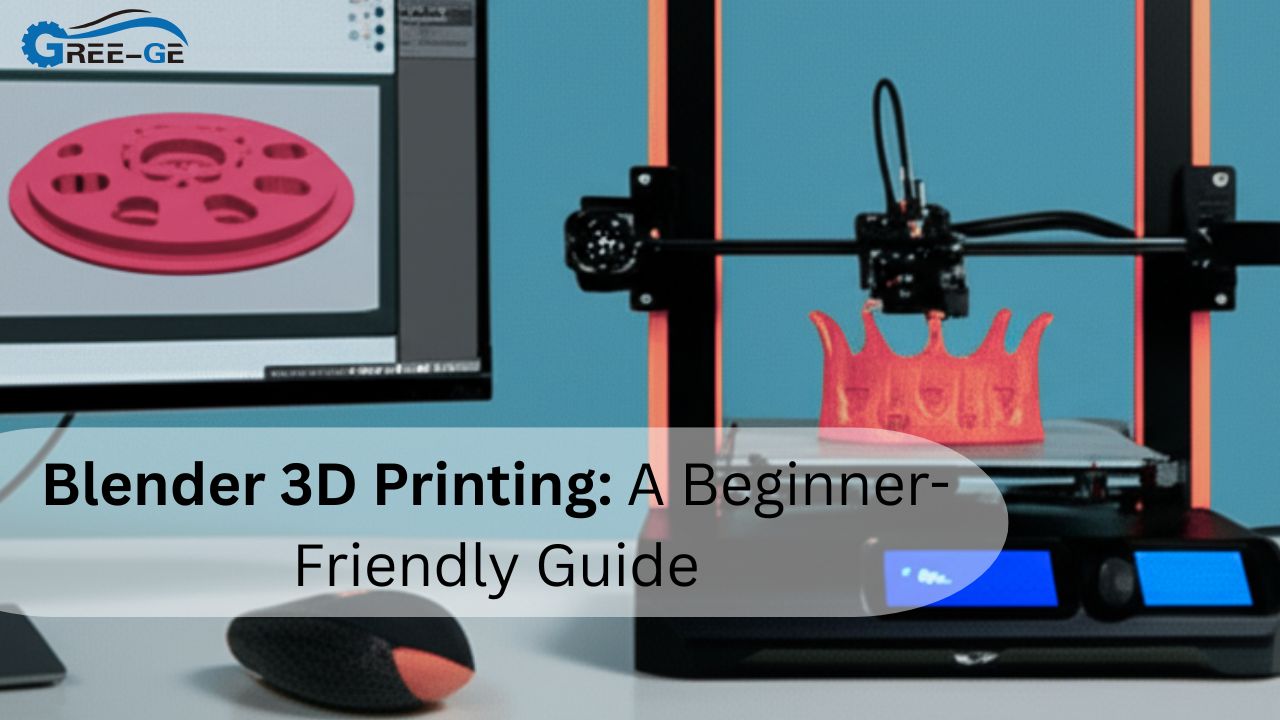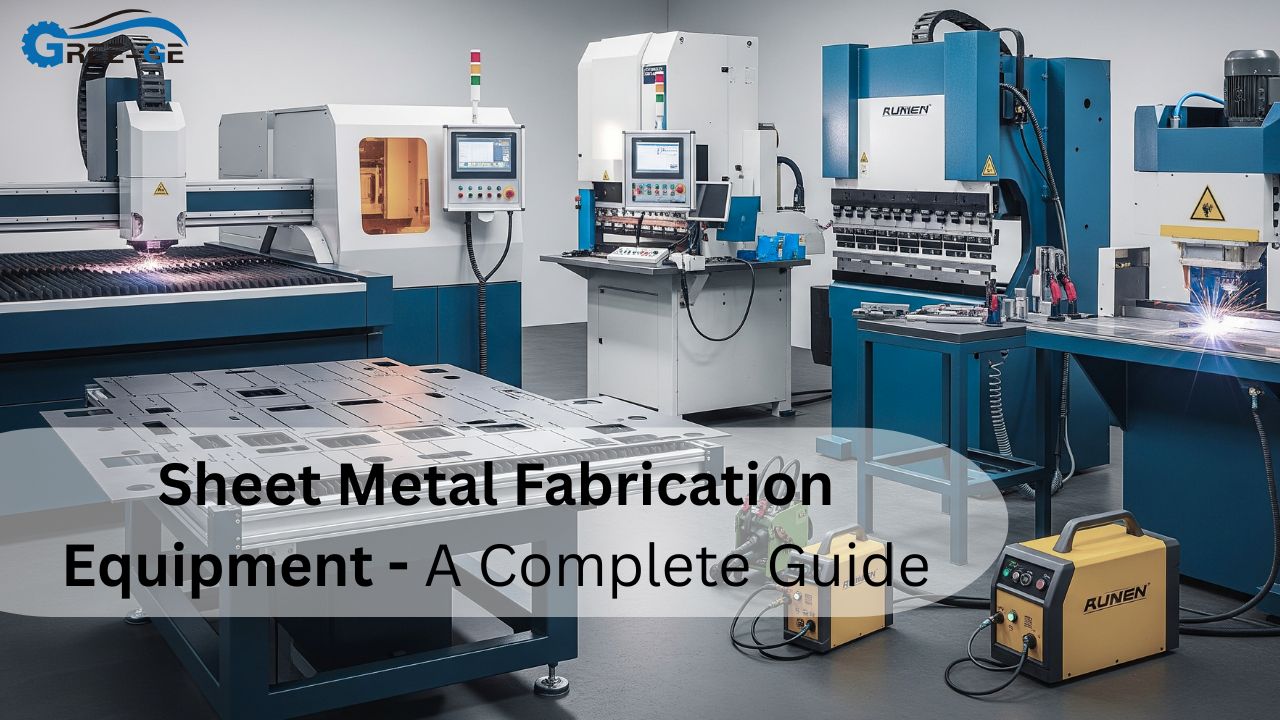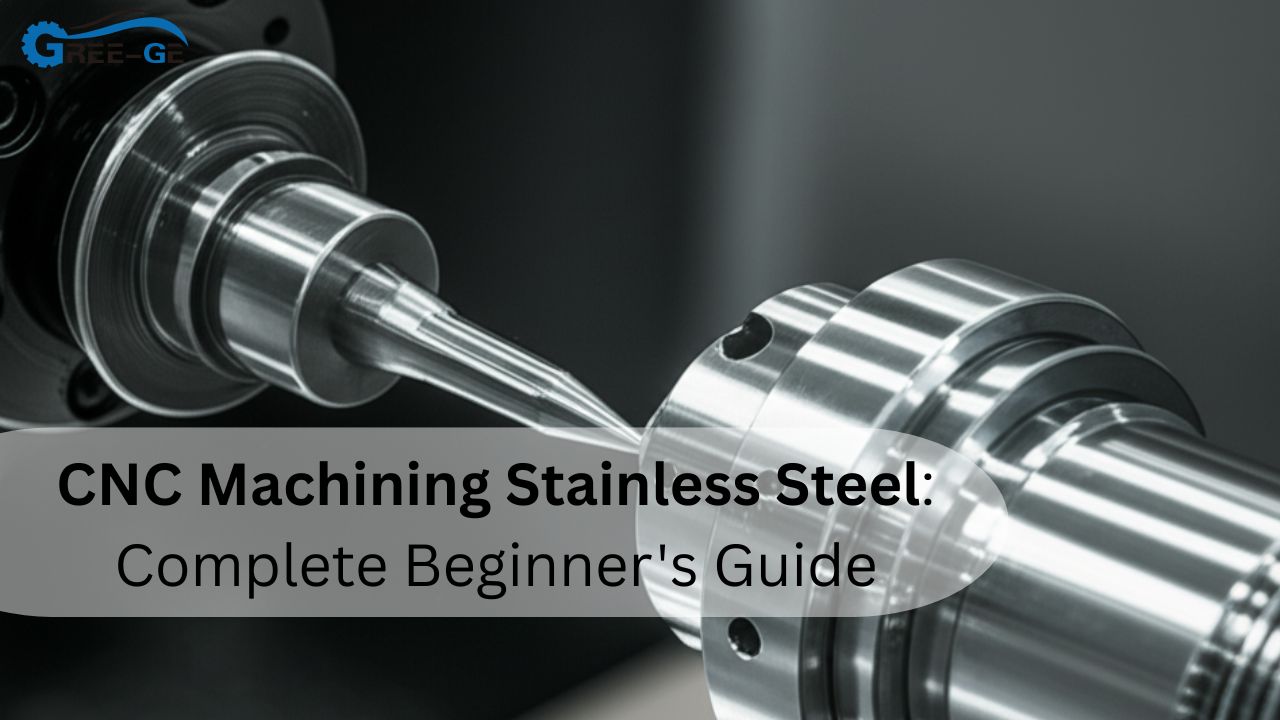Are you stuck deciding which materials to use for your prototype plastic injection molding process? It can feel overwhelming when there are so many options. You might be wondering which resin will give you the best balance of durability, cost, and ease of fabrication.
The short answer is that choosing the right material for plastic injection molding comes down to a few critical factors: the final product’s function, the environmental conditions it will face, any regulatory requirements, and, of course, your budget. By carefully weighing these elements, you can select a resin that produces strong, accurate prototypes, often with minimal hassle.
In this article, we’ll explore why material selection matters, the differences between common resins, and how to match each resin to specific project needs. We’ll also share some insider tips, a handy table for quick reference, and answer frequently asked questions about prototype plastic injection molding techniques.
Material Selection In Prototype Plastic Injection Molding
Choosing the right polymer is crucial because it affects every aspect of prototype plastic injection molding, from moldability to final appearance. The wrong resin can lead to brittle parts or production delays. By selecting wisely, you’ll save time, cut costs, and create more reliable prototypes that truly reflect the end product.
Material Cost
Resin prices vary widely. Commodity plastics like Polyethylene cost less, while engineering-grade materials like Polycarbonate demand higher investment. Always align your budget with the project’s performance requirements. Cheaper may save money initially, but premium materials often deliver fewer production issues.
Moldability Factors
Not all materials flow the same way. Some require higher prototype molding temperatures; others cool faster. Understanding these specifics helps optimize cycle times. If you pick a resin that’s easier to mold, you’ll likely see smoother parts and fewer rejects.
Surface Finish Requirements
Surface finish is key in prototype plastic injection molding, especially if you’re showcasing products to investors or early adopters. Resins like ABS offer a matte finish, while acrylic yields a glossy surface. Think about whether you need paint, texture, or additional finishing steps.
Common Thermoplastics For Prototyping
When you’re knee-deep in prototype plastic injection molding, you’ll notice some resins pop up more than others. Each has its own unique characteristics, and understanding these can make a big difference in your final part’s look and feel.
ABS: Durable And Easy To Work With
ABS (Acrylonitrile Butadiene Styrene) is prized for impact resistance and ease of processing. Many consumer products use ABS for its good balance of toughness and cost-effectiveness. Its slightly matte finish is popular for prototypes that need a sturdy, professional appearance.
Polycarbonate: Strength And Clarity
Polycarbonate is a go-to choice when you need transparent or nearly unbreakable parts. It’s higher in prototype injection molding cost compared to ABS, but it shines in demanding applications like functional testing. Just watch for its sensitivity to stress cracking if not processed carefully.
Polypropylene: Flexible And Lightweight
If you need hinges or flexible parts, polypropylene offers excellent fatigue resistance. It’s also lightweight, which can be helpful when shipping prototypes. Its smooth surface finish isn’t as polished as other materials, but it’s durable and great for living hinges.
Engineering-Grade Resins
Sometimes, you need prototypes that can withstand heat, chemicals, or high-stress conditions. Engineering-grade resins step in where standard thermoplastics leave off. These materials bring specialized properties that allow prototype plastic injection molding to mimic real-world usage more accurately.
Nylon (Polyamide)
Nylon is tough and wear-resistant, ideal for gears or mechanical parts. However, it can absorb moisture from the air, affecting its dimensions over time. Proper storage and drying prior to injection helps maintain consistent quality.
PEEK (Polyether Ether Ketone)
PEEK is like the superhero of engineering plastics: high-temperature tolerance, chemical resistance, and extreme strength. It’s also pricey. Use it sparingly for prototypes that must mirror final product performance in rugged environments, such as aerospace or medical devices.
Acetal (POM)
Acetal is valued for low friction and dimensional stability. It’s popular for precision injection molding parts like automotive lock systems. While it flows easily in the mold, it might release formaldehyde if processed at too high a temperature, so always follow recommended guidelines.
Quick Tip: Always confirm if your engineering resin demands a special mold design or injection temperature. This helps prevent warping or other processing issues.
Special Additives And Fillers
In some cases, you’ll need even more specialized properties for your prototype plastic injection molding projects. That’s where additives and fillers come into play. They enhance qualities like heat resistance, flame retardancy, or stiffness without switching to an entirely different material.
- Glass Fibers: Increase strength and rigidity.
- Flame Retardants: Reduce flammability for electronics.
- UV Stabilizers: Protect outdoor products from sun damage.
- Color Pigments: Achieve branding or aesthetic consistency.
- Antistatic Agents: Minimize static build-up in sensitive applications.
Suggestion: If you’re new to additives, start with a small test batch to see how they affect molding behavior.
Table: Comparing Common Prototyping Materials
Here’s a quick overview of how various materials differ for prototype plastic injection molding:
| Material | Cost | Key Properties | Ideal Applications |
|---|---|---|---|
| ABS | Low-Med | Tough, easy to mold | General prototypes, consumer goods |
| Polycarbonate | Medium | High-impact, clear options | Protective housings, functional parts |
| Polypropylene | Low | Lightweight, flexible | Hinged items, disposable prototypes |
| Nylon | Medium | Wear-resistant, tough | Gears, mechanical assemblies |
| PEEK | High | High-temp, chemical resistant | Aerospace, medical prototypes |
| Acetal (POM) | Medium | Dimensionally stable, low-friction | Precision parts, automotive items |
Fact: According to global plastic statistics, ABS and Polypropylene remain two of the most commonly used prototype materials worldwide.
This table can guide you toward the material that best suits your prototype’s needs, balancing cost with performance attributes.
Cutting Costs Without Cutting Corners
Budget is always on your mind, especially when you’re experimenting with protolabs injection molding guide. The temptation to buy the cheapest resin is real, but it can backfire if it doesn’t meet performance needs. Instead, consider partial cost-saving measures:
- Order in bulk to lower per-pound pricing.
- Test alternative resins with similar properties.
- Use recycled or regrind material if surface finish is less critical.
- Optimize mold design to reduce cycle times.
- Collaborate with suppliers for volume discounts.
By combining smarter purchasing with efficient mold setups, you can often reduce expenses without sacrificing your prototype’s function or aesthetics.
Conclusion
The material you choose really determines the tone of your whole project in prototype plastic injection molding. Whether you choose reasonably priced ABS or ultra-tough PEEK, every resin offers special advantages and compromises. The secret is to weigh your performance needs against financial restrictions and take a final look and feel into account for your portion.
Prototypical plastic injection molding is ultimately mostly dependent on thorough planning. Reliable prototypes that open the path for successful product introductions will result from careful storage of resins, mold design optimization, and knowledge of the subtleties of every plastic.
FAQs
Is it cost-effective to use high-end materials for prototypes?
It can be. If your design needs real-world performance tests, premium materials might save you time and money in the long run.
Can I reuse leftover plastic or failed parts in prototype plastic injection molding?
Yes, as long as the material hasn’t degraded. Many manufacturers mix regrind with virgin pellets, though you should monitor quality closely.
What if my prototype needs a high-gloss finish?
Resins like Polycarbonate or acrylic can yield glossy surfaces. You may also use polishing processes on the mold for an even shinier look.
Are additives always necessary?
Not necessarily. Only add them if your project demands specific properties like flame retardancy, UV protection, or additional strength.
